Leadership can be tough at times. One-on-one coaching will give you the confidence to address any situation. Coaching zeroes in on your skills. You’ll learn how to solve your problems and flourish. Book your coaching program today!


Leadership can be tough at times. One-on-one coaching will give you the confidence to address any situation. Coaching zeroes in on your skills. You’ll learn how to solve your problems and flourish. Book your coaching program today!
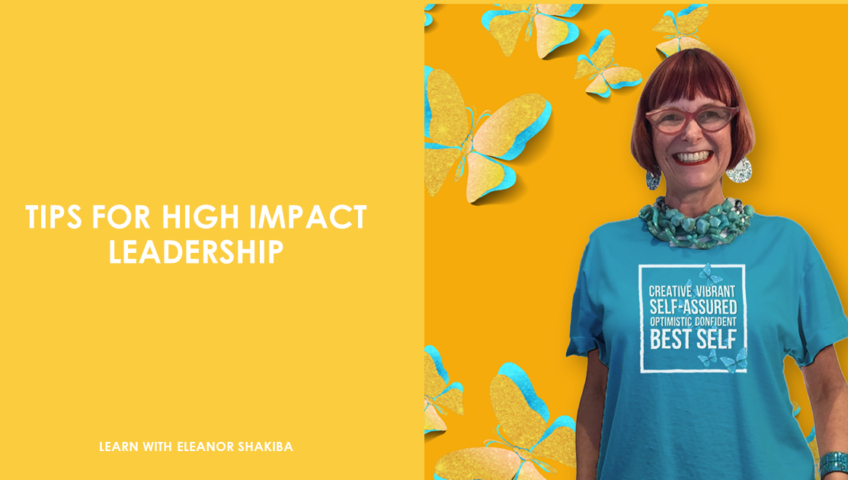
Did you ever wonder how some professionals effortlessly command attention, exude confidence, and leave a lasting impact in their work and personal lives? We’ve uncovered a game-changing article that reveals the key to achieving all that and more. In this blog post, we’ll summarise the article’s insights on increasing credibility, confidence, and impact while providing valuable takeaways for professionals like you.
In this article, it highlights a recent Lenovo report that identifies a significant thinking gap and proposes actionable solutions to bridge it. This report emphasises the importance of continuous learning and adaptability in an ever-evolving business landscape.
The study reveals three core strategies that can transform the way professionals approach their careers, enabling them to enhance their credibility, boost their confidence, and maximise their impact.
Free e-book and video tips.Get your copy today!
|
|
These insights provide a wealth of knowledge that professionals can apply to their own careers, helping them elevate their credibility, boost their confidence, and amplify their impact in both work and life.
In conclusion, the Lenovo report offers a treasure trove of strategies for professionals seeking to thrive in today’s competitive landscape. By embracing lifelong learning, cultivating a growth mindset, and mastering effective communication, you can unlock your true potential and achieve unprecedented success.
This is a summary article. You can read the original article here.
This article summary was created by Eleanor Shakiba
Eleanor is a leadership trainer, success coach and people skills expert. She helps managers and business owners build thriving teams and organisations, using tools from Positive Psychology. She's trained more than 60,000 people during her career as a corporate trainer and professional development consultant. Her mission is inspiring talented people to become leaders who make a difference.

If you struggle to take charge, one-on-one coaching could be the key to your success. Develop your focus, confidence and leadership know-how. I’m ready to help. Book up free discovery call now.
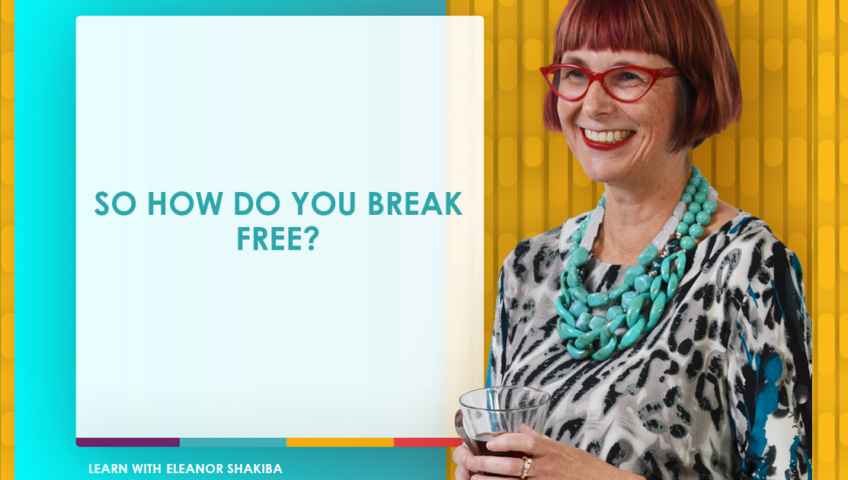
If you think women are achieving parity in management roles, think again. Sure, women are now smashing through glass ceilings at an impressive rate. But once you’ve done that, what happens next? Sadly the answer is often that your career momentum stops. Stuck in cycle of perfectionism, imposter thinking and toxic persistence you get stuck in middle management. So how do you break free? Well, first you need to stop slavishly working on things that don’t have strategic results. Second, you need to break free of social conditioning. Your brain has been programmed to believe three myths. Which of them is keeping you trapped in a mid-level job?
This myth drives the belief that the more control you have, the more successful you will be. However, this mindset will hinder your success as a leader. Trying to keep across every minor detail is a shortcut to disaster, not success. You need to focus on making progress, not being 100% in control of everything. Remember that control is an illusion anyway. There is always the potential for things to go wrong or changes to hit unexpectedly. Great leaders know this and are willing to live with ambiguity.
Free e-book and video tips.Get your copy today!
|
|
So many women tell me they believe in going ‘above and beyond’ at work. When I ask why, they say it’s a sign of commitment and dedication to the job. This is another load of BS. You see, having high standards doesn’t drive results – it leads to perfectionism and paralysis.
If you believe this, I bet you spend all your spare time getting more qualifications and shining up your CV. But learning more will NOT make you more confident. Oftentimes, it will distract you from being a gutsy leader who takes risks and learns from mistakes. Savvy female leaders know that true confidence comes from taking action and getting strategic things done, not just accumulating certificates and degrees.
So if you’re a woman determined to break through to senior leadership, it’s time to let go of these myths. Stop trying to control everything. Focus on making a difference. Most importantly, power up your leadership skills instead of trying to be a Jill of all trades. Then you’ll reach your full potential and be a leader with credibility, impact and difference-making success.
This article was created by Eleanor Shakiba
Eleanor is a leadership trainer and success coach. Her mission is inspiring talented people to become leaders who make a difference. Since discovering her passion for training and development, Eleanor has trained more than 60,000 people. She delivers face-to-face workshops for corporates, online masterclasses for leaders and Positive Psychology retreats for trainers, HR practitioners and leaders.

Leadership is tough. Sometimes you need support. This is where coaching comes in. Leadership coaching deals with the real stuff. You focus on YOUR needs. You beat the issues that are holding your back. Book a free discovery call with to learn more here.

There’s a moment between being asleep and being awake when your mind is in a state of transition. This is known as hypnagogia and it has been linked to heightened creativity and problem-solving abilities. The work of research psychologist Valdas Noreika, is interesting to explore if you want to capitalise on this state.
According to Noreika, many creative folks – including Thomas Edison, Edgar Allan Poe and Salvador Dali – have claimed that the moments between sleep and wakefulness have been a major source of their ideas and inspiration. Many reported that it sparked bursts of creativity or mental clarity. Thus, hypnagogia is an important concept to explore if you want to tap into your creative mind.
So, what exactly is hypnagogia? In simple terms, it is a transitional state between being awake and asleep. During this time, the brain produces theta waves which are also present during meditation and daydreaming. This state typically occurs when you are drifting off to sleep or when you are just waking up. However, it can also occur during periods of deep relaxation.
This means you can deliberately unlock this state of consciousness and reap its creative benefits. Indeed, a new device has been built to help you do just that. “This means we have a kind of workable system for dream control,” one of the inventors says. Here’s a quick summary of how this ‘dream machine’ came about.
First, let’s dive into the past. Thomas Edison, ever the innovator, discovered a unique way of inducing hypnagogia. He’d clutch a steel ball in his hand while dozing off. As sleep took hold, his grip would loosen, causing the ball to clatter onto the floor. The noise would jolt him back to wakefulness, just as he started to experience the hallucinatory insights characteristic of hypnagogia. Clever, right?
Free e-book and video tips.Get your copy today!
|
|
Fast forward to today, and MIT Media Lab has given Edison’s technique a new lease of life with the Dormio device. In its first iteration, Dormio was a glove fitted with a microcontroller and a pressure sensor in the palm. The user would wear the glove and make a fist, putting pressure on the sensor, while EEG sensors monitored their brain activity. As they started drifting off to sleep, Dormio’s sensors detected the user’s muscle relaxation. At this point, a recorded phrase, designed to influence the user’s dreams, was played by Dormio.
In the second version of Dormio, the researchers swapped the palm sensor for flexion sensors that measure muscle tension at a much more detailed level. This allowed them to monitor subjects more accurately. They also replaced EEG monitoring with simpler biosignals, such as heart rate, and played the recording through a smartphone app.
Now, they’re working on a third generation of Dormio, which will monitor eyelid movement in sleeping subjects. The goal is to make Dormio as comfortable, affordable, and non-invasive as possible. Soon, perhaps, you’ll be able to use it! Isn’t it fascinating how we can take a concept from over a century ago and adapt it to modern technology?
You can read the original article here.
This article summary was created by Eleanor Shakiba
Eleanor is a leadership trainer, success coach and people skills expert. She helps managers and business owners build thriving teams and organisations, using tools from Positive Psychology. She's trained more than 60,000 people during her career as a corporate trainer and professional development consultant. Her mission is inspiring talented people to become leaders who make a difference.
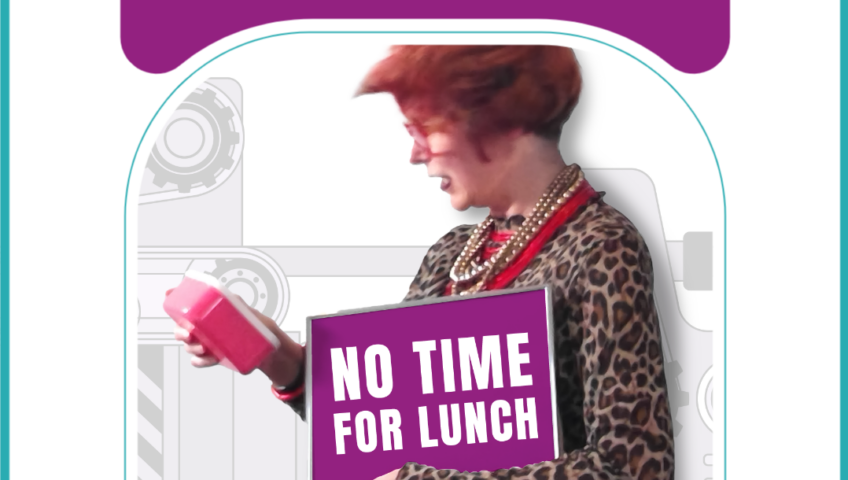
Stop making excuses and start making progress. Rapid progress. Enrol in my Momentum Lab group coaching program. Let’s go from stuck to unstoppable together!

Self-discipline is certainly a trait to be admired. It’s that inner strength that lets you control your feelings, capitalise fully on your strengths and follow through on achieving your goals, despite all those reasons to give up. It’s what keeps you going when you’d much rather be doing anything else. It’s critical to building career momentum and impact at work. But there’s a downside to taking self-discipline too far.
Have you ever found yourself pushing on with a job even when you’re mentally and physically drained? Or working when you’re fatigued, just to tick one more task off your list? This is the downside of being in flow: you get so engaged in your work that you lose track of time and space. Plus, you don’t consider whether all that effort is reaping results. If this sounds familiar, you might be edging towards toxic persistence. Eeek.
Toxic persistence happens when determination morphs into an unhelpful obsession. It causes you to keep working on projects that aren’t reaping results, or to hold on to goals that no longer serve you. It’s an extreme form of self-discipline that can lead to burnout, frustration and even failure. Plus, it’s one of the most common ways ambitious professionals sabotage their own success and career momentum.
Free e-book and video tips.Get your copy today!
|
|
If you think you might be falling into the trap of toxic persistence, here are three questions to ask yourself.
By asking these questions, you will quickly work out whether your self-discipline is serving you well or if it’s becoming toxic. And if you decide that it’s becoming a problem, don’t worry. There are steps you can take to break the cycle of toxic persistence and work as a savvy professional instead of an overzealous workhorse.
This article was created by Eleanor Shakiba
Eleanor is a leadership trainer and success coach. Her mission is inspiring talented people to become leaders who make a difference. Since discovering her passion for training and development, Eleanor has trained more than 60,000 people. She delivers face-to-face workshops for corporates, online masterclasses for leaders and Positive Psychology retreats for trainers, HR practitioners and leaders.
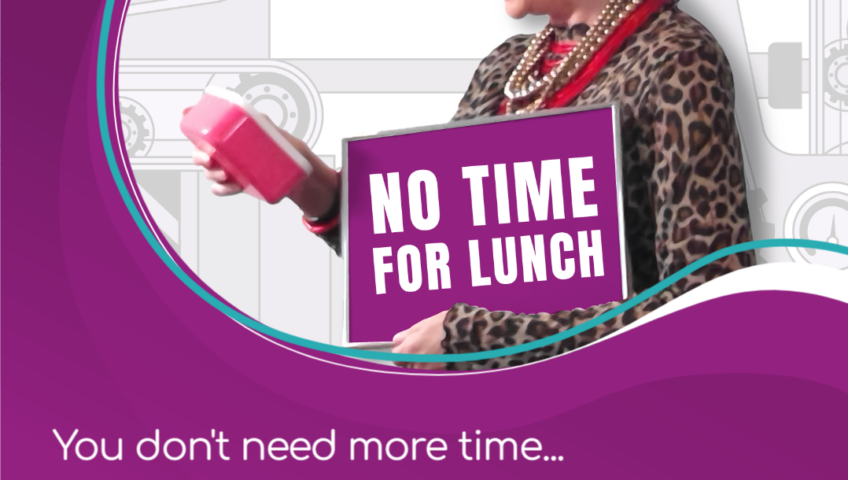
Because I know what it’s like to have important goals, but no time or energy to pursue them. With Momentum, you’ll learn to focus, organise and energise your life like never before. Discover more here.
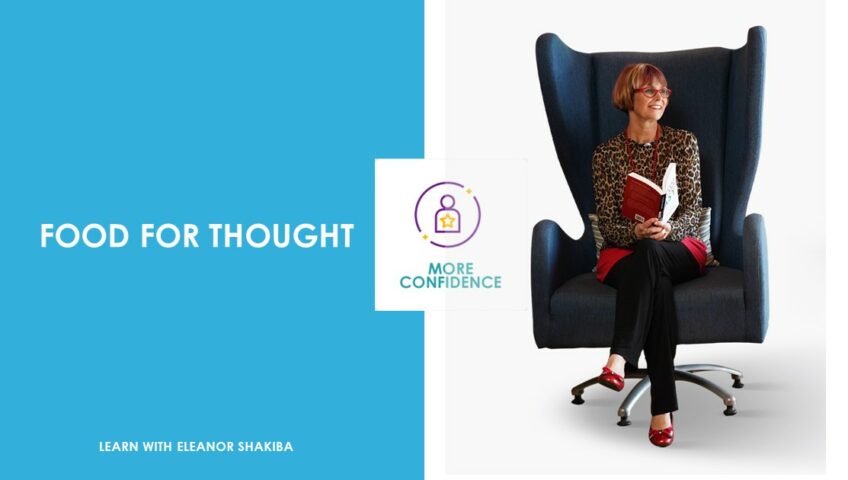
I’ve always been fascinated by how vividly we remember some memories, while others fade away into oblivion. For example, I can still remember every detail of my first day at school – from the smell of chalk dust to the sound of pencils scratching on paper. Yet, I struggle to remember what I had for lunch yesterday.
It turns out I’m not that unusual. The human brain is wired to prioritise and recall some “episodic memories” more easily than other details. I recently came across a study in the Journal of Neuroscience that sheds light on why this happens.
It describes a study done by the French National Center for Scientific Research. The study showed that the hippocampus plays a crucial role in organising distinct moments of experience when people learn. For example, ‘time cells’ in the hippocampus fire when you’re learning a new task, creating a record of the time flow during the task. This helps you remember not just what happened, but also where and when it happened.
Free e-book and video tips.Get your copy today!
|
|
So, why are personal memories easier to recall? The study suggests that your brain prioritises the encoding of time and context. This is probably because it helps you create a coherent narrative of your life. By understanding how time cells work, researchers hope to unlock the secrets of memory formation and retrieval.
This study opens up new avenues for exploring memory and could have significant implications for memory-related disorders in the future. Plus, it just might have implications for trainers, teachers and educators. If you want to learn more about this research, you can find the source article here.
This article summary was created by Eleanor Shakiba
Eleanor is a leadership trainer, success coach and people skills expert. She helps managers and business owners build thriving teams and organisations, using tools from Positive Psychology. She's trained more than 60,000 people during her career as a corporate trainer and professional development consultant. Her mission is inspiring talented people to become leaders who make a difference.